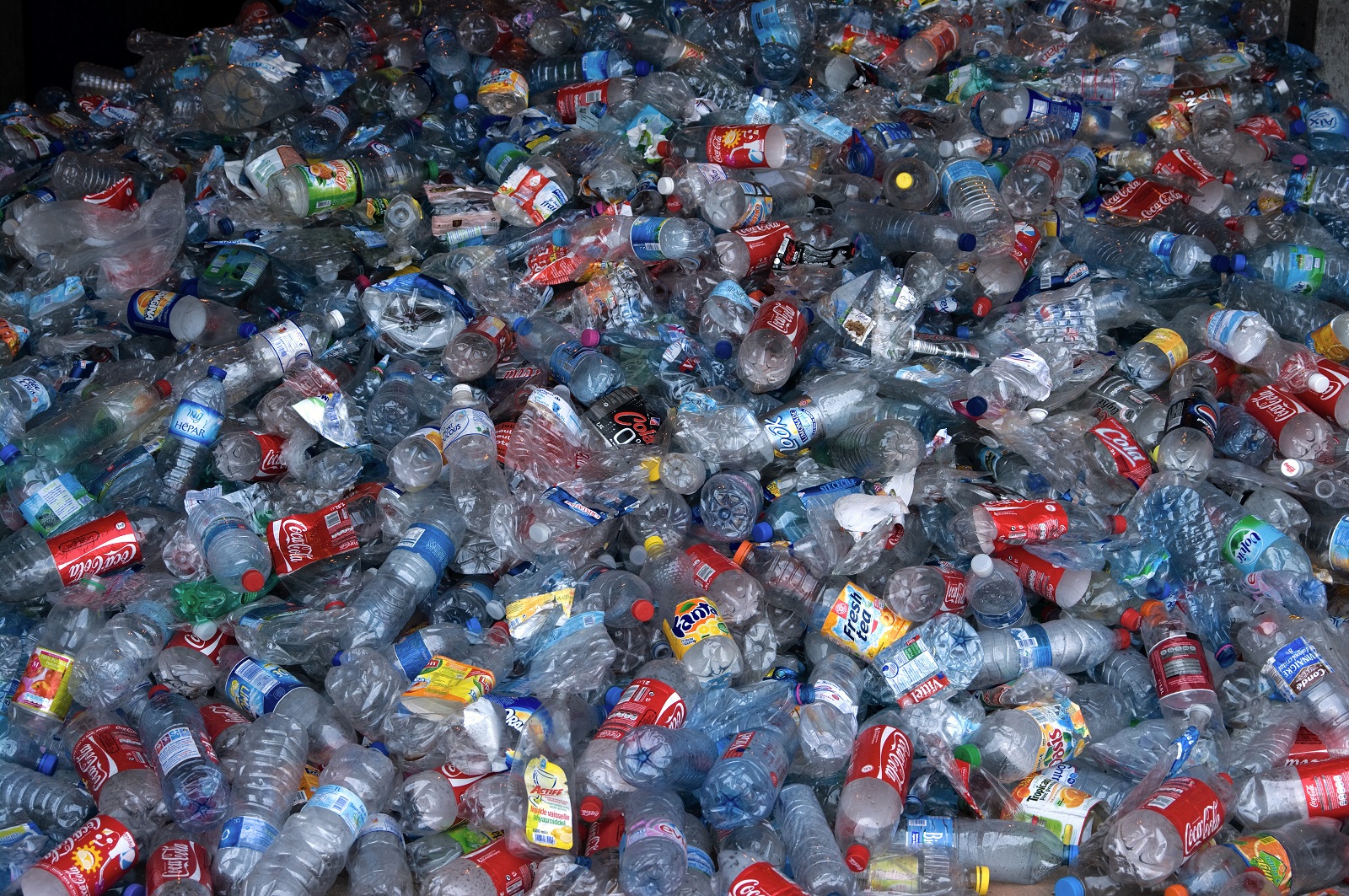
Troubled Waters:
An Analysis of 2005 Clean Water Act Compliance
Downloads
Environment Maryland Research and Policy Center
Executive Summary
October 18, 2007 marks the 35th anniversary of the Clean Water Act, a landmark law intended to restore and maintain the physical, chemical and biological integrity of the nation’s waters. In passing the Clean Water Act, Congress set the goals of eliminating the discharge of pollutants into the nation’s waterways by 1985 and making all U.S. waterways fishable and swimmable by 1983. Although we have made significant progress in improving water quality since the passage of the Clean Water Act, we are far from realizing the Act’s original vision.
Using information provided by the U.S. Environmental Protection Agency (EPA) in response to a Freedom of Information Act request, this report analyzes all major facilities that exceeded their Clean Water Act permits between January 1, 2005 and December 31, 2005; reveals the type of pollutants they are discharging into our waterways; and details the extent to which these facilities are exceeding their permit levels.
More than two decades after the drafters of the 1972 Clean Water Act intended for the discharge of all pollutants to be eliminated, facilities across the country continue to violate pollution limits, at times egregiously.
Findings include:
Thousands of facilities continue to exceed their Clean Water Act permits.
- Nationally, more than 3600 major facilities (57%) exceeded their Clean Water Act permit limits at least once between January 1, 2005 and December 31, 2005.
- The 10 U.S. states with the highest percentage of major facilities exceeding their Clean Water Act permit limits at least once are Maine, Massachusetts, Rhode Island, New Hampshire, Ohio, Connecticut, New York, North Dakota, California, and West Virginia.
- The 10 U.S. counties with the most facilities exceeding their Clean Water Act permits at least once in this period are Harris County, Texas; Los Angeles County, California; Worcester County, Massachusetts; New Haven County, Connecticut; Calcasieu Parish, Louisiana; Allegheny County, Pennsylvania; Hartford County, Connecticut; Will County, Illinois; Wayne County, Michigan; and Erie County, New York.
These facilities often exceed their permits more than once and for more than one pollutant.
- The 3600 major facilities exceeding their permits in the time period studied reported more than 24,400 exceedances of their Clean Water Act permit limits. This means that many facilities exceeded their permits more than once and for more than one pollutant.
- The 10 U.S. states with the most exceedances of Clean Water Act permit limits between January 1, 2005 and December 31, 2005 are Ohio, Pennsylvania, New York, Texas, California, Massachusetts, Louisiana, Tennessee, Alabama, and Florida.
- Nationally, 628 major facilities exceeded their Clean Water Act permit limits for at least half of the monthly reporting periods between January 1, 2005 and December 31, 2005.
These facilities often exceed their permits egregiously.
- Major facilities exceeding their Clean Water Act permits, on average, exceeded their permit limits by 263%, or nearly four times the allowed amount.
- The 10 U.S. states with the highest average permit exceedance between January 1, 2005 and December 31, 2005 are New Mexico, Vermont, Arizona, West Virginia, Iowa, Mississippi, Illinois, Indiana, California, and Hawaii.
- Nationally, major facilities reported more than 1800 instances between January 1, 2005 and December 31, 2005 in which they exceeded their Clean Water Act permit limits by at least six-fold (500%).
- The U.S. states with at least 100 exceedances of at least 500% above the permit limit are California, Pennsylvania, and Ohio.
Our federal leaders should be working with the states to address this illegal pollution and clean up all of our waterways. Over the last six years the Bush administration has suggested, proposed or enacted numerous policies that undermine the Clean Water Act and threaten the future of America’s rivers, lakes, streams, wetlands and oceans. The administration has not only undercut the Clean Water Act, but also eliminated Clean Water Act protections from key waterways altogether.
Rather than weakening the Clean Water Act, the Bush administration and state officials should: restore Clean Water Act protections to all waterways; tighten enforcement of the Clean Water Act; strengthen implementation of the Clean Water Act to better protect our rivers, lakes and streams; and ensure the public’s right to know about water pollution by increasing and improving access to compliance data and discharge reporting.
Topics
Find Out More



